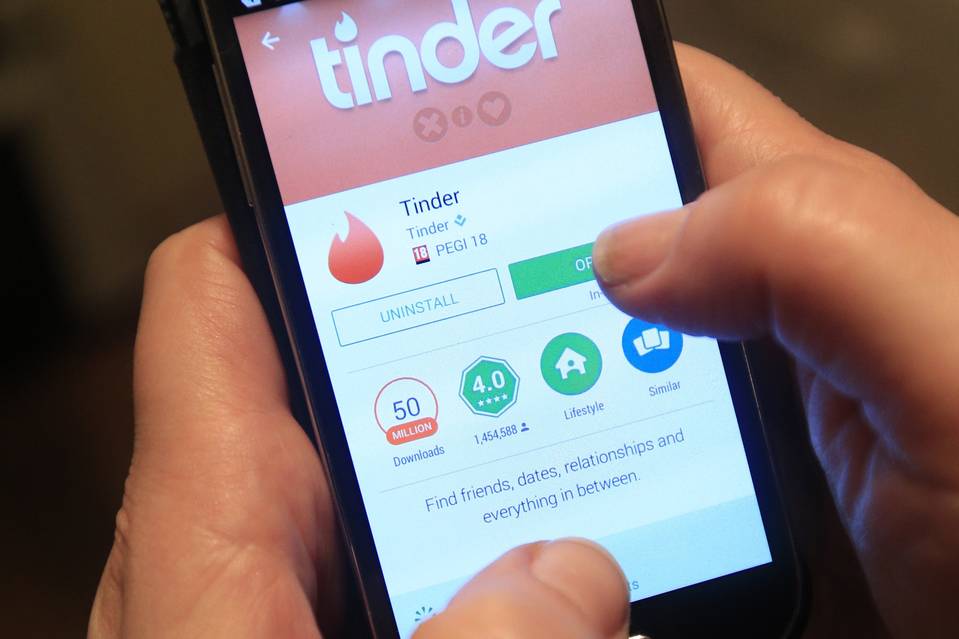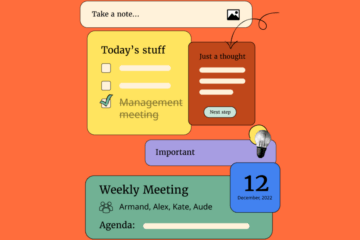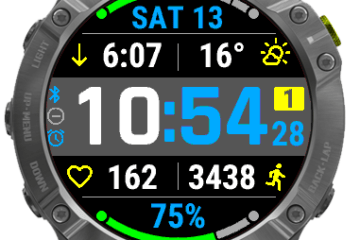
“Old” is new on dating apps.
After becoming popular among college students and young professionals, matchmaking startups such as Tinder Inc., happn SAS and The League App Inc. are now welcoming older singles—as in those in their late 30s and beyond. The reason? Their money.
The League, a dating app that focuses on “ambitious” young professionals, began letting people older than 40 sign up in May, a demographic it didn’t allow to join when it was launched two years ago. It made the change because older users are much more likely to pay for online dating and it had amassed enough of them on a waiting list for them to have a good experience, said Chief Executive Amanda Bradford.
“The people who are going to be funding our development are over 38,” said Ms. Bradford, who is 31 years old. People 35 and older contribute 30% of the League’s revenue, though they make up only 20% of its users, she said.
People aged 35 to 44 are more than twice as likely to pay for online dating as 18- to 24-year-olds, according to Pew Research Center and IBISWorld, an industry research firm.
 ENLARGE
ENLARGELike many tech companies that built their businesses around a so-called freemium model, dating apps first focused on amassing a community of users. Now they are turning their attention to getting people to pay.
“Once you’ve stocked the shelves, you can start monetizing,” said Mark Brooks, CEO ofCourtland Brooks, a company that helps dating companies with business development. Daters aged 35 and up, he says, “know what they want and are willing to pay for it.”
Most dating sites earn the bulk of their revenue on membership fees. In the U.S., these recurring payments bring in more than 80% of the dating industry’s $2.6 billion in annual revenue, according to Mr. Brooks’s estimates.
The League’s revenue jumped 10% when the company allowed users over 40 to purchase memberships, according to Ms. Bradford. She predicts attracting more of these older users could boost The League’s revenue by 35% this quarter.
Mike Smith, 47, of San Francisco, pays Tinder $20 a month to be able to match with people in other locations before he goes on trips. On Tinder, people who don’t pay can only match with other users who are within 100 miles. It is a feature he isn’t sure he would have paid for when he was in his 20s.
Happn, a Paris-based dating app that matches people with others they have met in “real” life, originally targeted users 18 to 30. Recently, it has started seeking users over 30 and plans to ultimately charge older consumers more.
Tinder, part of Match Group Inc., charges users 30 and older twice what it charges younger users for premium features. For $20 a month, users who are in that category are entitled to extra perks such as getting to see more potential matches.
The first mainstream internet dating websites in the late ’90s and early 2000s, including eHarmony and Match Group’s Match.com, courted people primarily in their 30s and older. They charged $40 to $60 a month.
In 2012, Tinder was launched with a different approach: a free app with a simple interface showing photos of nearby people, using location-based technology, along with scant biographical details. Tinder decided early on to make its app free in order for it to scale, said Chief Executive Sean Rad. “Our whole strategy was to go after close-knit communities and get them to spread the word,” he said. Tinder focused on campus social groups, bars and local “influencers.”
In early 2015, several months ahead of parent company Match Group’s spinoff fromIAC/InterActiveCorp., Mr. Rad introduced paying features. For a monthly fee of $10 for users in their 20s and $20 for people 30 and older, users could see profiles of other daters outside their immediate location and connect with more people.
With a broader range of users, dating apps have to develop barriers between users who don’t want to stumble across each other—college kids and parents of college kids, for example.
Many younger daters remain reluctant to pay. “I’m having fun with Tinder’s free app, but not so much that I would pay,” said Sachie Weber, a 21-year-old Stanford University undergrad.
Tinder’s strategy appears to be working among a sizable portion of its audience. In May, Tinder said one million of its users pay to use the service, and it expects that number to double this year. Last year, Tinder said it had more than nine million daily active users and it was adding one million new users a week.
Shortly after Eric Garris, 62, joined Tinder in June 2015, he started paying to stop the app from limiting his potential matches. “If I’m going to spend time on Tinder, I want it to be the most rewarding that it can get,” he said.
[Source:-The Wall Street Journal]




